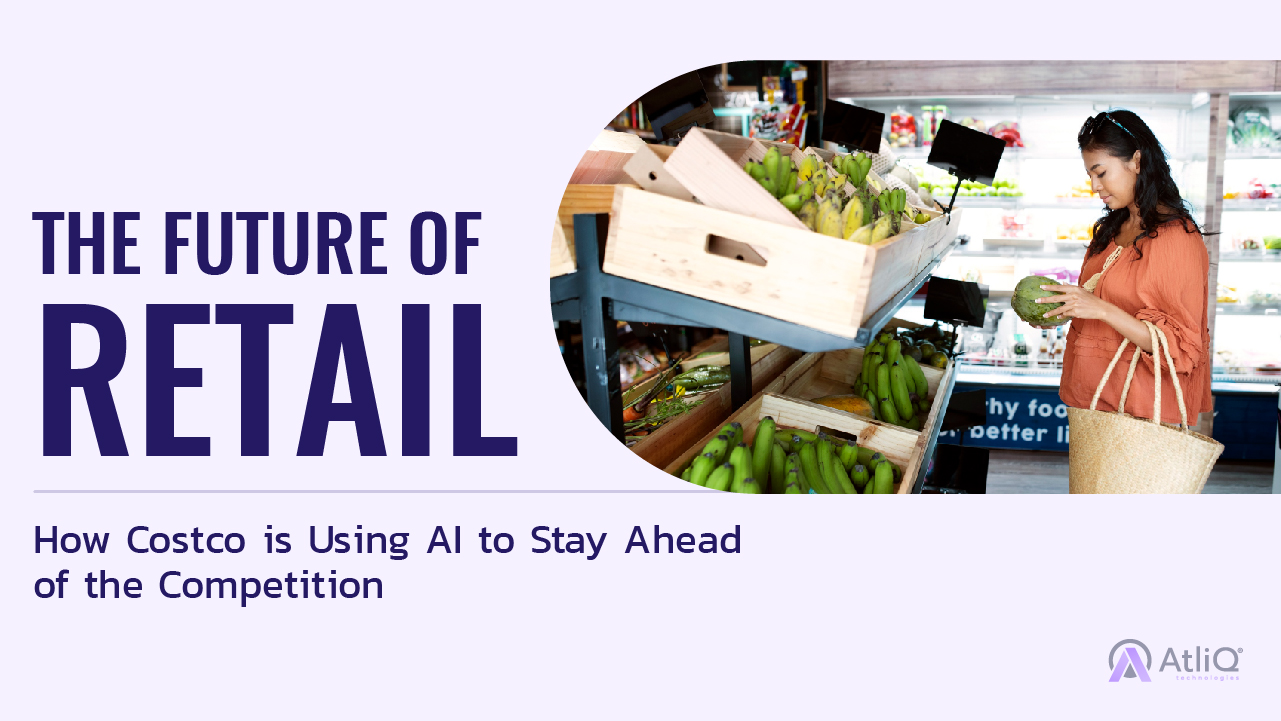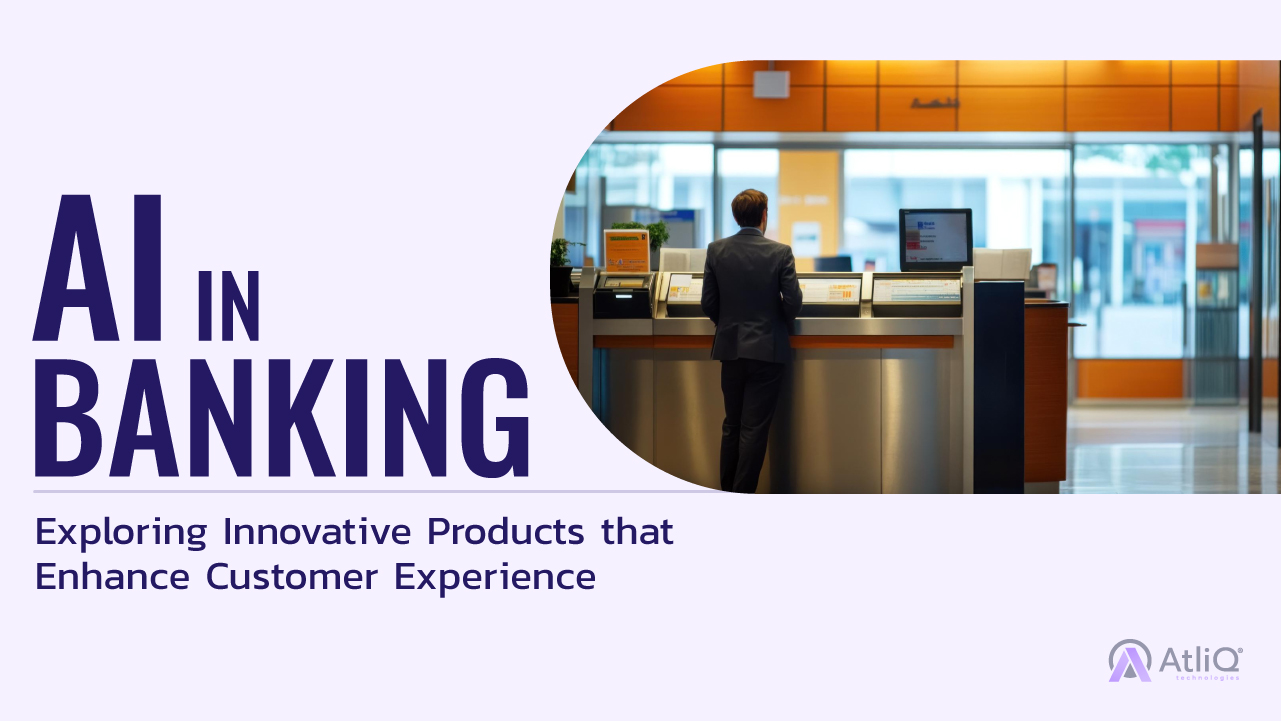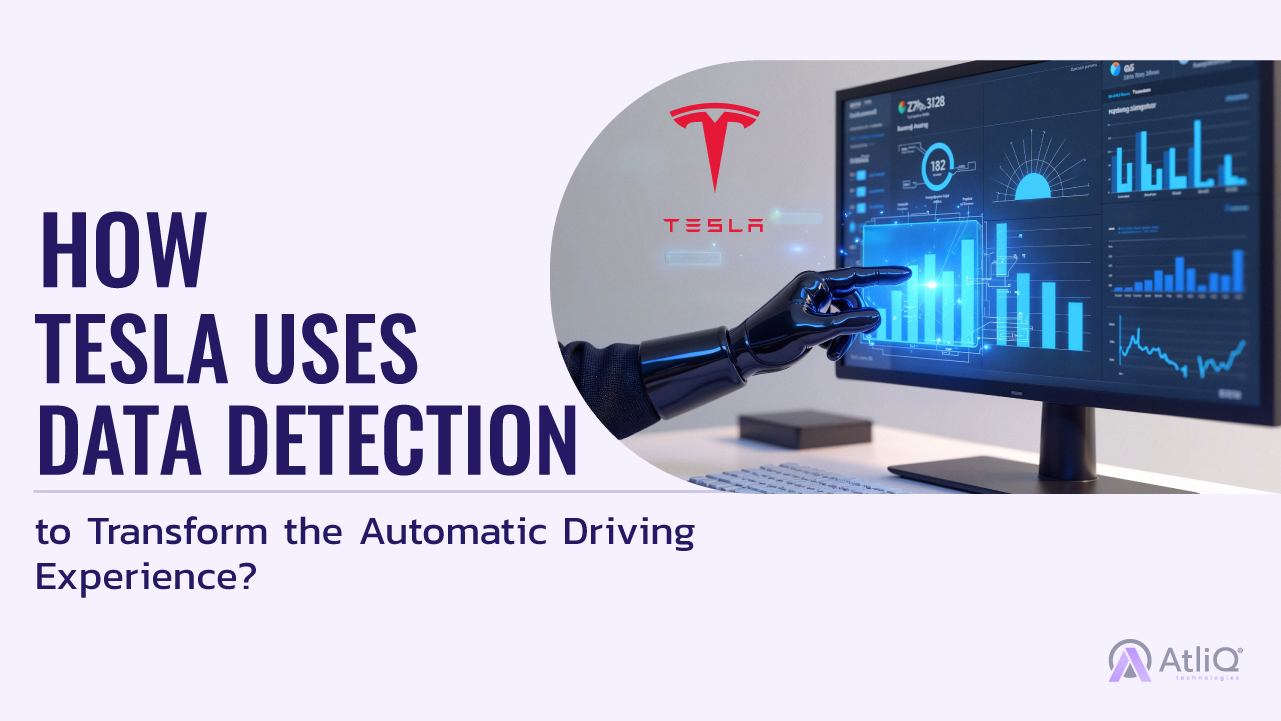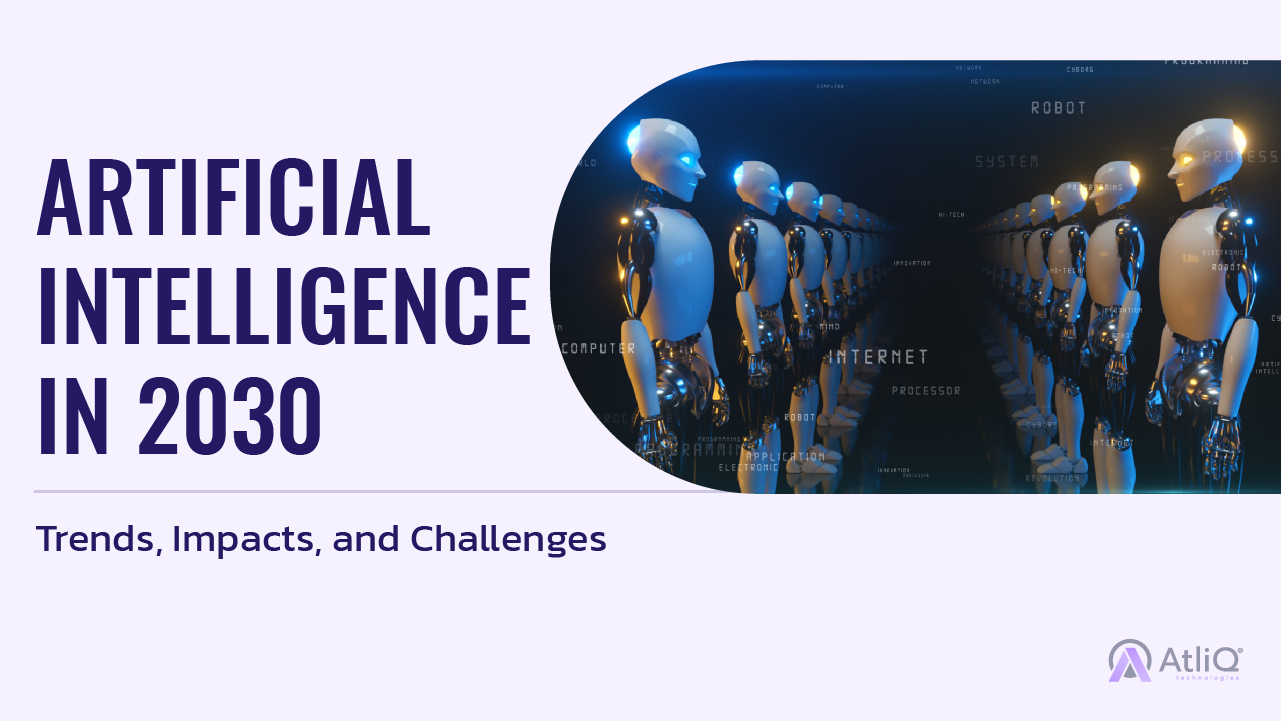
Year: 2030. City: Neo-Tokyo.
Neon signs flash across towering skyscrapers, each flickering with the latest AI-powered advertisement. Personal drones zip through the air, delivering coffee and news updates directly to your palm. Below, sleek self-driving cars glide silently on electromagnetic tracks, while a holographic billboard beams personalized greetings as you pass. This is your life now, seamlessly intertwined with AI at every turn. But is it utopia, or is something more lurking beneath the gleaming surface?
Dive with us into the future of AI, where the lines between reality and science fiction are blurring faster than ever.
Key Areas of AI Development by 2030
Imagine waking up to a smart home anticipating your every need, your car whisking you away autonomously, and healthcare tailored to your unique genetic code. This isn’t just science fiction; it’s the potential future unfolding on the cutting edge of AI development. But where exactly is this revolution taking place? Think hyper-automation streamlining factories, AI-driven innovation pushing the boundaries of product development, and personalized marketing that feels like magic. Imagine precision medicine tailored to your DNA, early disease detection with superhuman accuracy, and even AI-powered robots assisting in surgery. Can AI be our green knight in the fight against climate change?
But remember, even the most intelligent tools depend on responsible human guidance.
AI for Everyday Life
Smart Homes & Personalized Automation:
- From chores to chefs: Robots vacuum autonomously, adjust lighting based on your mood, and even whip up personalized meals while you relax.
- Predictive living: AI anticipates your needs before you do, adjusting the thermostat before you feel chilly or ordering groceries as you run low.
- Security & Safety: AI-powered security systems learn your routines and identify potential threats, while smart sensors monitor for leaks and other dangers.
Enhanced Personal Assistants & Intelligent Devices:
- Beyond reminders: Your personal assistant understands your context, offering proactive suggestions, booking appointments, and even managing your finances.
- Adaptive learning: Devices adapt to your preferences and routines, offering increasingly personalized recommendations and experiences.
- Seamless communication: Intelligent interfaces understand natural language, allowing for intuitive control of your home and devices through voice or gesture.
AI-Powered Transportation:
- Self-driving cars: Commute stress-free in autonomous vehicles that navigate traffic efficiently and safely, freeing up your time for work or relaxation.
- Air taxis & drone delivery: Take to the skies in on-demand air taxis or receive deliveries via flying drones, revolutionizing urban mobility and logistics.
- Smarter transportation systems: AI optimizes traffic flow, reduces congestion, and predicts potential disruptions, making travel smoother and more efficient.
Societal Impacts: Navigating the Challenges:
- Privacy concerns: Balancing convenience with data security is crucial. Who owns the data collected by smart homes and devices, and how is it used?
- Ethical considerations: Are AI algorithms biased, perpetuating existing inequalities? How do we ensure the responsible development and deployment of AI for all?
- The human touch: While AI offers convenience, it shouldn’t replace human interaction and social connection. Finding the right balance is key.
The future of AI in everyday life promises immense benefits and convenience. However, it’s crucial to engage in open discussions about the ethical implications and potential challenges. By proactively addressing these concerns, we can ensure that AI truly empowers us to live smarter, safer, and more fulfilling lives.
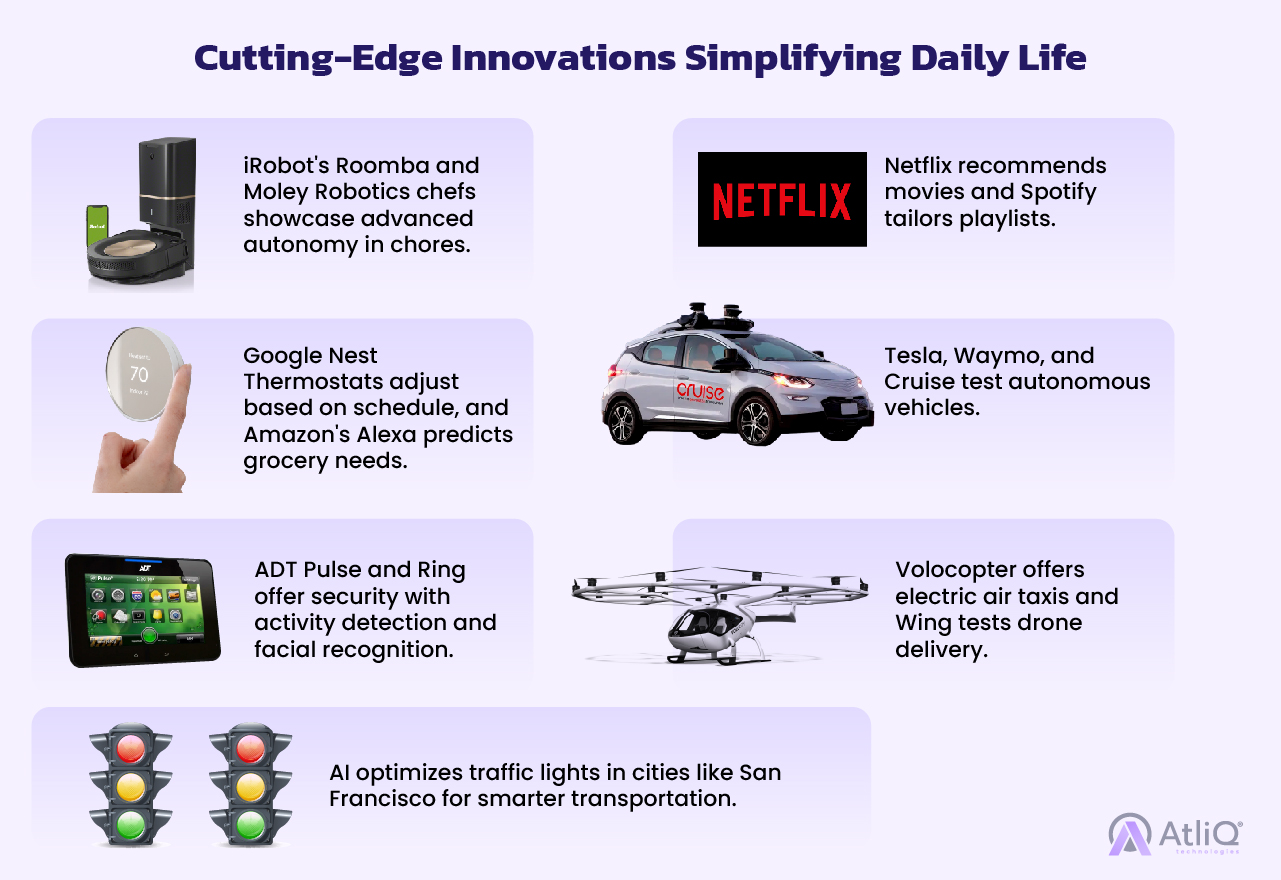
AI in Business & Industry
Hyper-automation & Robotics:
- Farewell, repetitive tasks: Imagine assembly lines humming with robots performing complex tasks, while AI systems automate logistics and inventory management. Think of faster production, lower costs, and improved efficiency.
- Rise of the cobots: Collaborative robots, or “cobots,” work alongside human workers, assisting with tasks and learning from their interactions. This fosters a synergistic human-machine partnership.
- The data advantage: AI analyzes vast datasets to optimize processes, predict equipment failures, and ensure smooth operations. Imagine factories running at peak performance, thanks to real-time insights.
AI-Driven Innovation & Product Development:
- Unleashing creativity: AI algorithms can analyze mountains of data, identifying patterns and potential breakthroughs that humans might miss. This fuels innovation in materials, product design, and even drug discovery.
- Tailored offerings: AI personalizes products and services based on individual customer needs and preferences. Imagine cars designed specifically for your driving habits or medicine optimized for your genetic makeup.
- Faster decision-making: AI analyzes market trends and customer feedback in real-time, helping businesses make faster, data-driven decisions and adapt to changing markets.
Personalized Marketing & Customer Service:
- From ads to conversations: AI-powered chatbots answer customer inquiries, offer personalized recommendations, and handle simple transactions, providing 24/7 support.
- Know your customer: AI analyzes customer data to understand preferences and predict needs, enabling personalized marketing campaigns and targeted promotions.
- Building loyalty: AI creates a unique customer experience by tailoring interactions, anticipating needs, and exceeding expectations. Imagine brands knowing you better than you know yourself (it’s a double-edged sword, but powerful nonetheless).
Potential Job Displacement & Reskilling:
- The automation question: While AI creates new jobs, it also automates existing ones. Manufacturing, logistics and even customer service roles might be impacted.
- Upskilling & reskilling: The key lies in ongoing education and training programs to equip workers with the skills needed to thrive in the AI-powered economy.
- Focus on human strengths: Creativity, critical thinking, and emotional intelligence will become even more valuable as AI handles automation. Businesses must invest in developing these human skills alongside technology.
Remember, AI is a tool, not a replacement for human ingenuity. By harnessing its power responsibly and investing in workforce development, we can navigate the challenges and unlock the immense potential of AI to create a more efficient, innovative, and ultimately, human-centered future for business and industry.
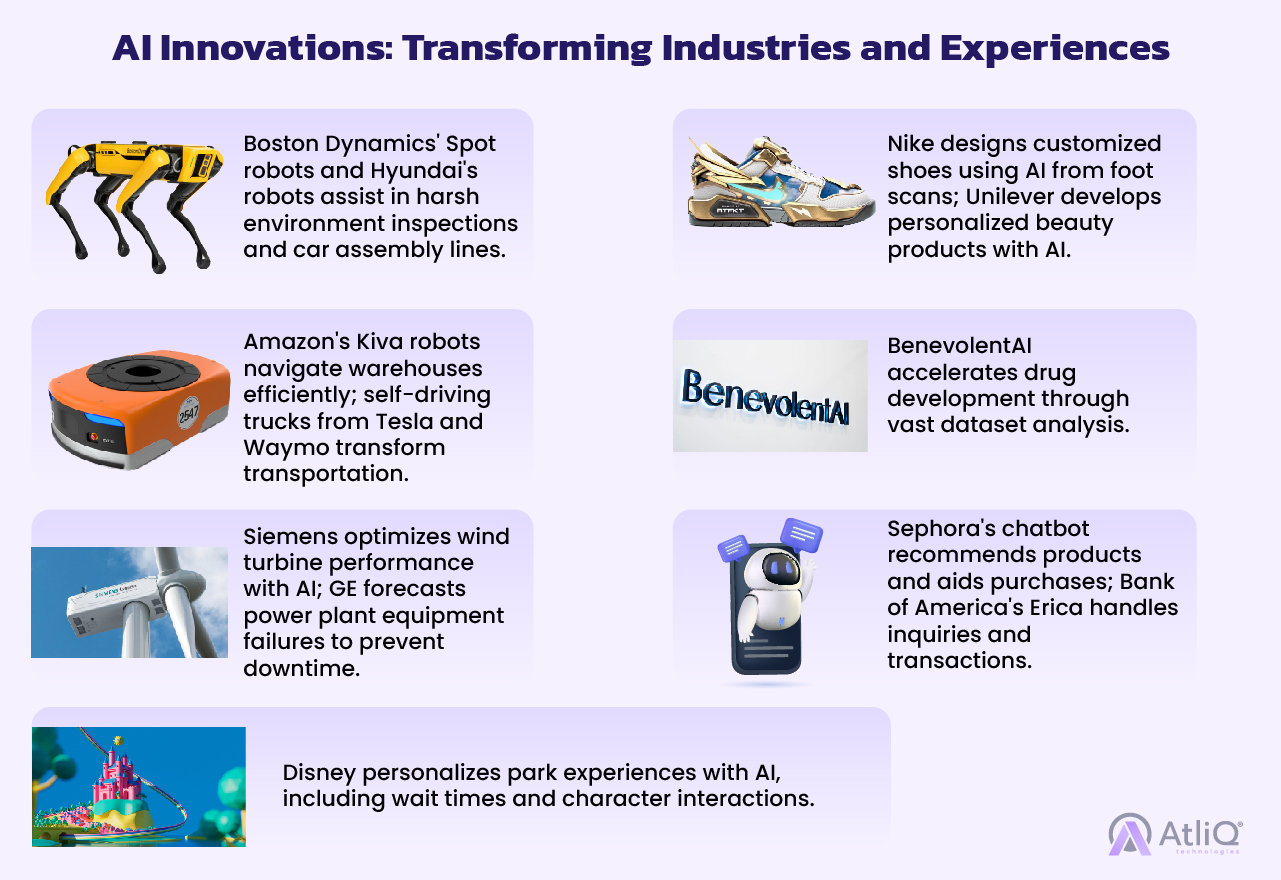
AI in Healthcare & Science
Precision Medicine & Personalized Treatment:
- Unveiling your unique health: AI analyzes your genes, medical history, and lifestyle to paint a detailed picture of your health risks.
- Early detection, better outcomes: AI algorithms analyze medical scans and data with superhuman accuracy, catching diseases earlier and paving the way for personalized treatment plans.
- Tailored interventions: No more one-size-fits-all approaches. AI assists in designing treatments that perfectly match your unique genetic makeup and disease profile.
Drug Discovery & Development:
- From haystack to needle: AI sifts through massive datasets of molecules, identifying potential drug candidates far faster than traditional methods.
- Accelerated development: AI simulates drug interactions and predicts potential side effects, streamlining the drug discovery process and saving lives.
- Repurposing existing drugs: AI helps identify new uses for existing medications, saving time and resources in the fight against diseases.
Surgical Robots & AI-Powered Diagnostics:
- Steady hands, superhuman precision: Robotic surgeons, guided by AI, perform minimally invasive procedures with unmatched accuracy, reducing recovery times and complications.
- AI-powered diagnostics: Imagine AI analyzing medical images in real-time, highlighting potential abnormalities, and assisting doctors in diagnosis.
- Remote healthcare: AI-powered tools enable remote consultations and diagnoses, expanding access to healthcare in underserved areas.
Ethical Considerations: Navigating the Minefield:
- Bias in algorithms: AI algorithms trained on biased data can perpetuate inequalities in healthcare. Mitigating these biases is crucial for fair and just treatment.
- Data privacy concerns: Sharing vast amounts of personal health data raises privacy concerns. Robust data security measures are essential.
- Human touch vs. AI reliance: While AI assists doctors, the human element of empathy, critical thinking, and personalized care remain irreplaceable.
The future of AI in healthcare and science promises a paradigm shift, but ethical considerations demand careful attention. By ensuring responsible development, data privacy, and a human-centered approach, we can unlock the immense potential of AI to heal, innovate, and save lives.
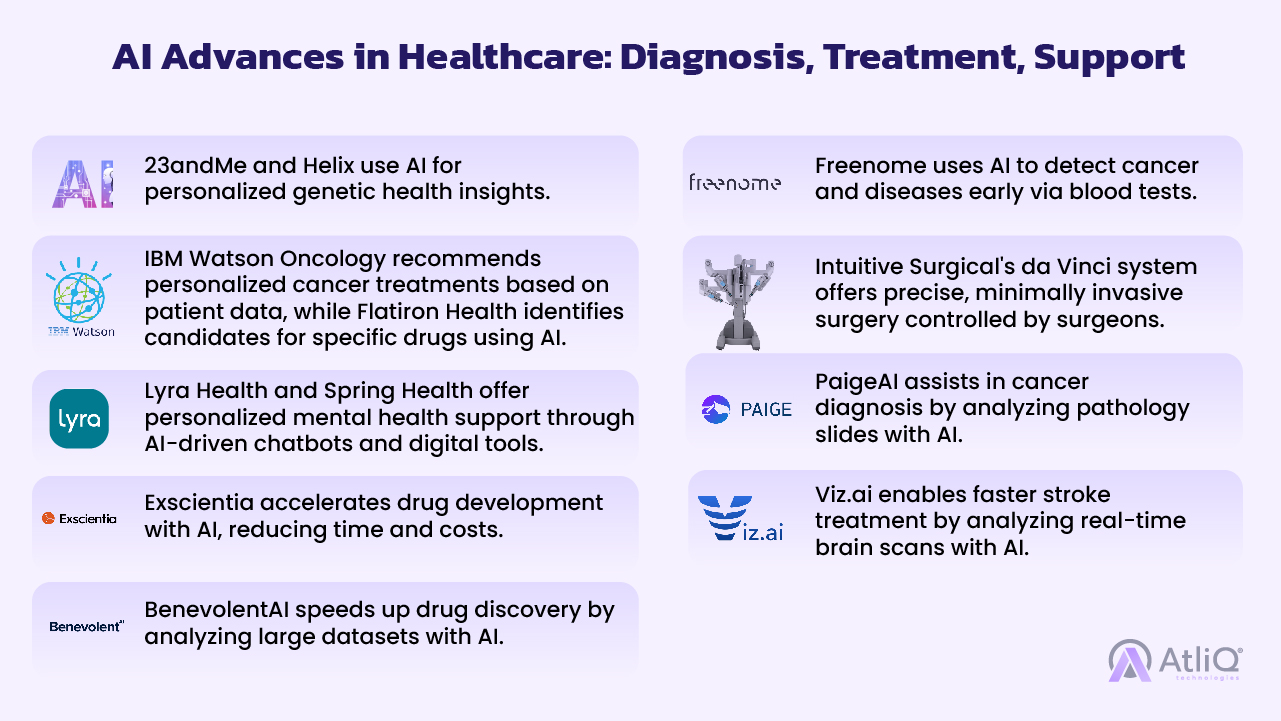
AI for Sustainability
AI-powered Renewable Energy Management:
- Smart grids: Imagine AI optimizing energy distribution, balancing supply and demand in real-time, integrating renewables seamlessly. Think solar panels adjusting to weather changes and wind farms anticipating peak demand.
- Predictive maintenance: AI analyzes data from renewable energy sources, predicting potential failures and ensuring smooth operation. Think wind turbines avoiding downtime and solar panels maximizing efficiency.
- Demand forecasting: AI analyzes weather patterns and consumer behavior, optimizing energy production and reducing the need for fossil fuels. Think cities anticipating peak electricity usage and adjust accordingly.
Optimizing Resource Usage and Reducing Environmental Impact:
- Precision agriculture: AI analyzes soil composition and weather data, tailoring resource use for optimal crop yield while minimizing water waste and fertilizer application. Think smarter irrigation and targeted pesticide usage.
- Smart waste management: AI monitors waste streams, identifies recyclable materials, and optimizes collection routes. Think of reducing landfill waste and promoting resource recovery.
- Sustainable logistics: AI optimizes transportation routes, reducing fuel consumption and emissions. Think self-driving delivery vehicles and smarter traffic management systems.
Monitoring and Predicting Climate Patterns:
- Global climate modeling: AI analyzes vast datasets, providing more accurate and granular climate predictions. Think better understanding long-term trends and preparing for extreme weather events.
- Deforestation detection: AI analyzes satellite imagery, identifying and preventing illegal deforestation, and protecting crucial carbon sinks. Think real-time monitoring and early intervention.
- Natural disaster prediction: AI analyzes weather data and historical patterns, predicting floods, droughts, and wildfires with greater accuracy. Think of early warnings and improved disaster preparedness.
Potential Risks of Unintended Consequences:
- Bias in algorithms: AI models trained on biased data can perpetuate environmental injustices. Ensuring fairness and inclusivity in development is crucial.
- The rebound effect: Increased efficiency can lead to increased consumption, negating environmental benefits. Careful planning and policy interventions are necessary.
- Cybersecurity threats: Attacks on AI-powered systems could disrupt critical infrastructure, like smart grids. Robust cybersecurity measures are essential.
The future of AI for sustainability is both promising and riddled with challenges. By harnessing its power responsibly, addressing ethical concerns, and mitigating potential risks, we can forge a path towards a sustainable future. Remember, technology alone won’t save the planet; it’s how we use it that matters.
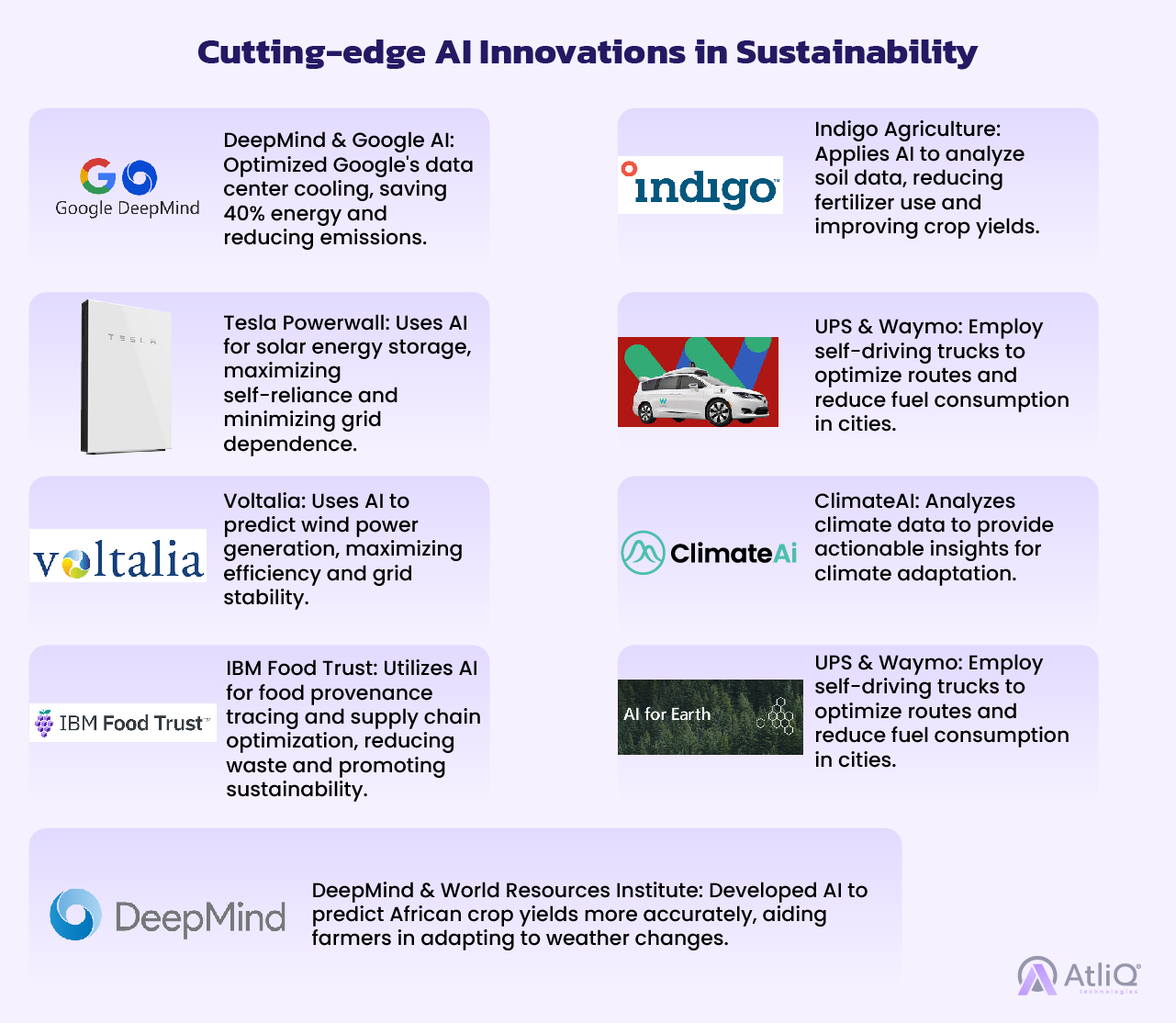
Societal and Ethical Implications of AI in 2030
The Looming Shadow of Job Displacement:
- Robots Replacing Humans: Automation fueled by AI might displace jobs in manufacturing, transportation, and even customer service. While new opportunities emerge, reskilling initiatives and social safety nets become crucial.
- The human-machine divide: Will the increasing automation create a widening gap between those who possess the skills to thrive in the AI-powered economy and those left behind? Upskilling and social cohesion become essential.
Bias in the Algorithm:
- AI reflecting our flaws: Algorithms trained on biased data can perpetuate discrimination in areas like hiring, loan approvals, and even criminal justice. Mitigating these biases requires diverse datasets and ethical auditing.
- The fight for fairness: Ensuring algorithms are fair and inclusive becomes a battle cry, calling for transparent development processes and diverse teams representing society’s tapestry.
The Black Box Conundrum:
- AI’s opaque decisions: How did the AI decide that? The lack of transparency and explainability in AI decision-making raises concerns about accountability and potential manipulation.
- Demystifying the magic: Unveiling how AI reaches its conclusions is crucial for building trust and ensuring responsible use, empowering users to understand and challenge biased outcomes.
Data Privacy: A Tightrope Walk:
- Feeding the AI beast: The immense data appetite of AI raises concerns about privacy, surveillance, and potential misuse. Balancing innovation with robust data protection becomes paramount.
- Who owns your data: Establishing clear ownership and control over personal data becomes crucial, empowering individuals and fostering responsible data governance.
The Power Imbalance:
- AI shaping our choices: As AI influences everything from newsfeeds to social interactions, concerns about manipulation and control over individual and societal choices emerge.
- Guiding the genie: Establishing ethical guidelines and robust public discourse become essential to ensure AI serves humanity instead of the other way around.
Widening the Gap?
- AI amplifying inequalities: Will AI exacerbate existing socio-economic disparities, leaving marginalized communities further behind? Ensuring equitable access to technology and the skills to use it becomes critical.
- Building a just future: Addressing and mitigating AI’s potential to widen existing inequalities demands proactive measures and inclusive participation in its development and deployment.
The future of AI in 2030 is not predetermined. By acknowledging these challenges, fostering open dialogue, and prioritizing ethical development and deployment, we can harness the immense potential of AI while mitigating its risks. Together, we can shape an AI-powered future that benefits all, leaving no one behind.
